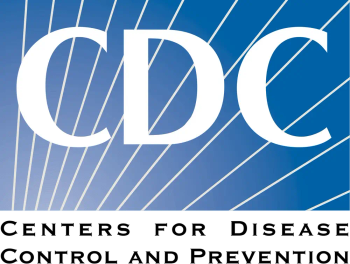
Prophylactic Antibiotic Use in Pediatric Hospitals Too High, New Study Suggests
In a new international study, a team of European authors says that antibiotic use for preventative purposes is too high in pediatric hospitals, prompting a call for better antibiotic stewardship efforts.
In a new large-scale international study looking at antibiotic prescribing in children, researchers have found that about one-third of hospitalized children are receiving antibiotics preventatively rather than to treat bacterial infections and pediatric hospitals are in need of better antibiotic stewardship programs.
Antibiotic overprescribing and the rising rate of antibiotic-resistant bacteria, which has occurred, in part, due to the overuse of antibiotics, have become pressing issues in the global health community. Today, at least 30% of
In a new
Of all pediatric patients surveyed, 36.7% received antibiotics. Among those 6,818 children, 2,242 (32.9%) received at least 1 antibiotic to prevent a potential bacterial infection rather than to treat an occurring infection. Of the antibiotic prescriptions given prophylactically, 26.6% were given prior to surgery to prevent possible infections (most of which were given for more than 1 day), while 73.4% were given to prevent infections associated with medical diseases. Broad-spectrum antibiotics such as tetracyclines, macrolides, lincosamides, and sulfonamides/trimethoprim made up 51.8% of prescriptions given preventatively overall. There were 2 or more antibiotics prescribed in 36.7% of the cases.
“This pattern and high rate of prophylactic prescribing indicates a clear overuse of antibiotics,” said study author Markus Hufnagel, MD, PhD, of the University of Freiburg in Germany, in a recent
The study’s authors note that their findings show a high rate of antibiotic prescriptions that contradict the current recommendations, meant to prevent the development of antibiotic-resistant infections. This includes recommendations which call for the use of narrow-spectrum antibiotics given for shorter durations.
Efforts to improve antibiotic prescribing practices should include reducing overall prophylactic antibiotic prescribing, use of broad-spectrum antibiotics, and the duration of antibiotic use, according to the authors. To meet these goals, Dr. Hugnagel calls for more education for clinicians and better implementation of current guidelines on preventative antibiotic use.
Newsletter
Stay ahead of emerging infectious disease threats with expert insights and breaking research. Subscribe now to get updates delivered straight to your inbox.

















































































































































































































































































